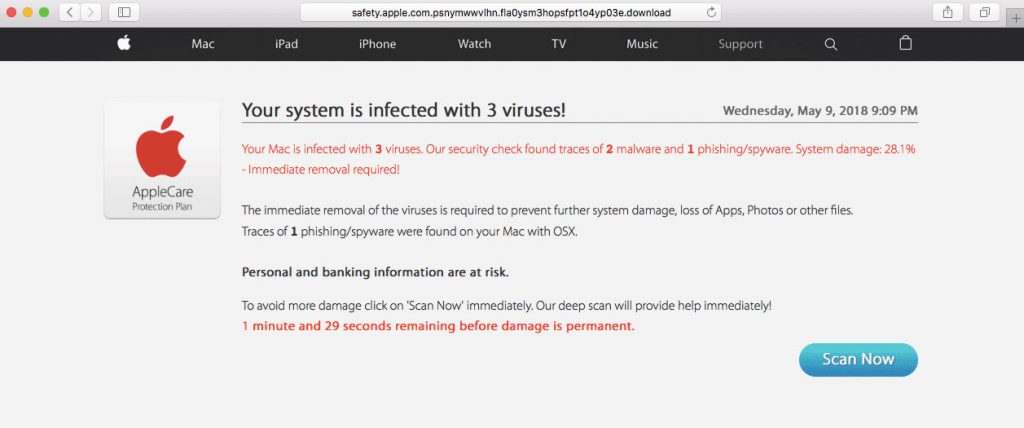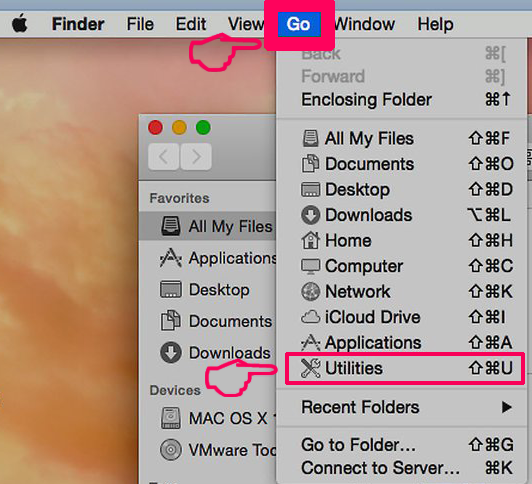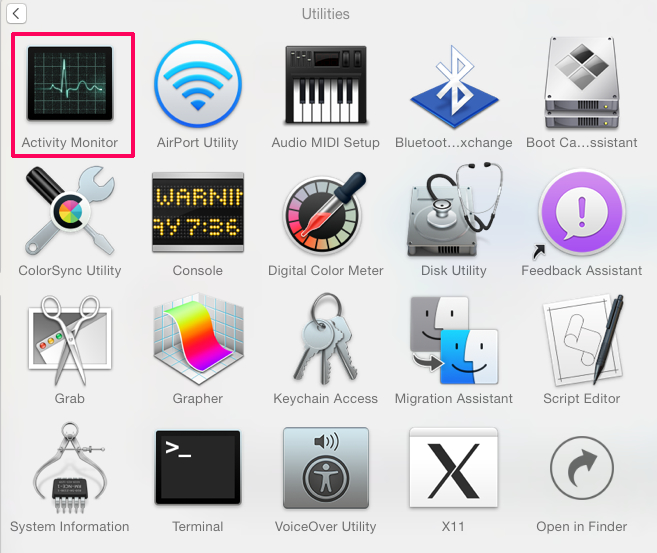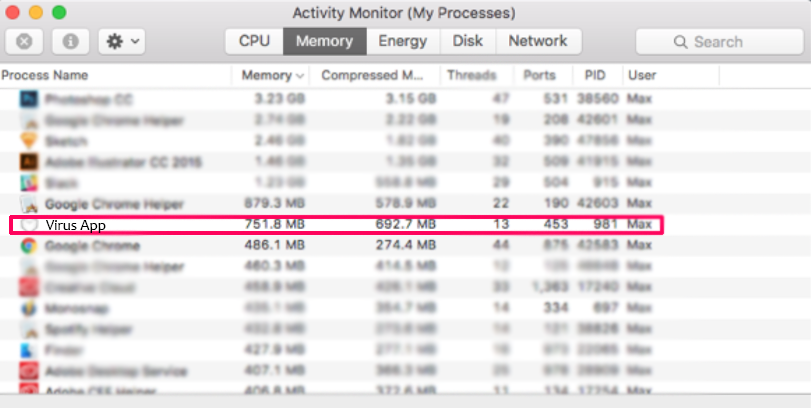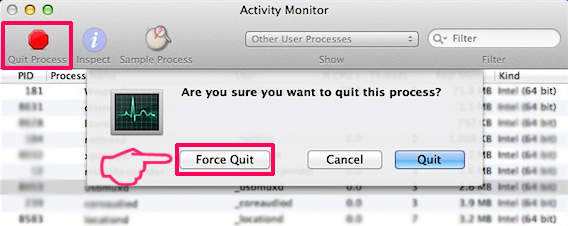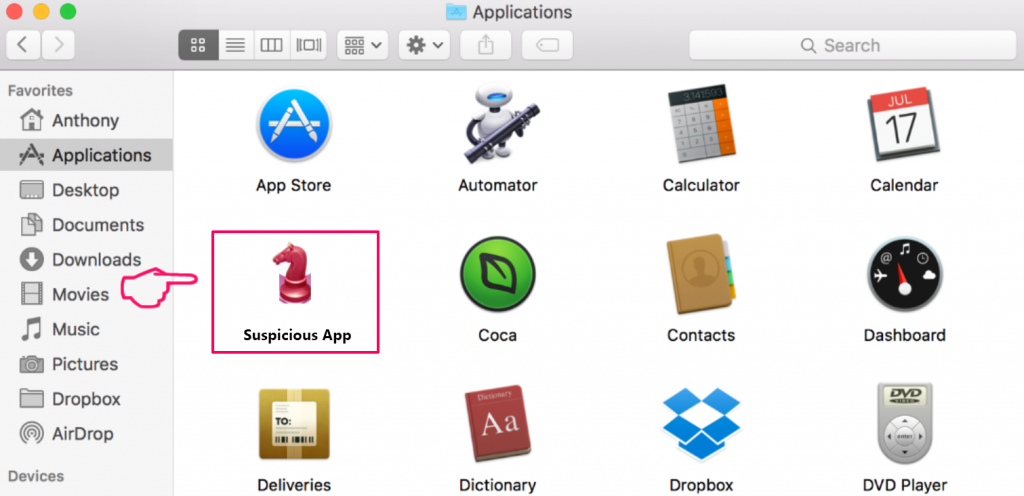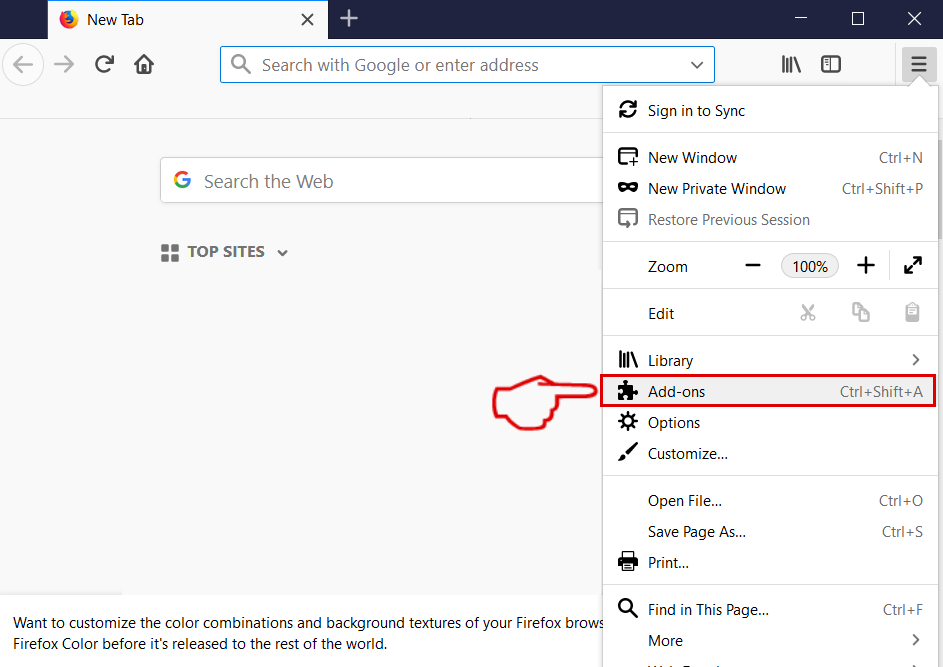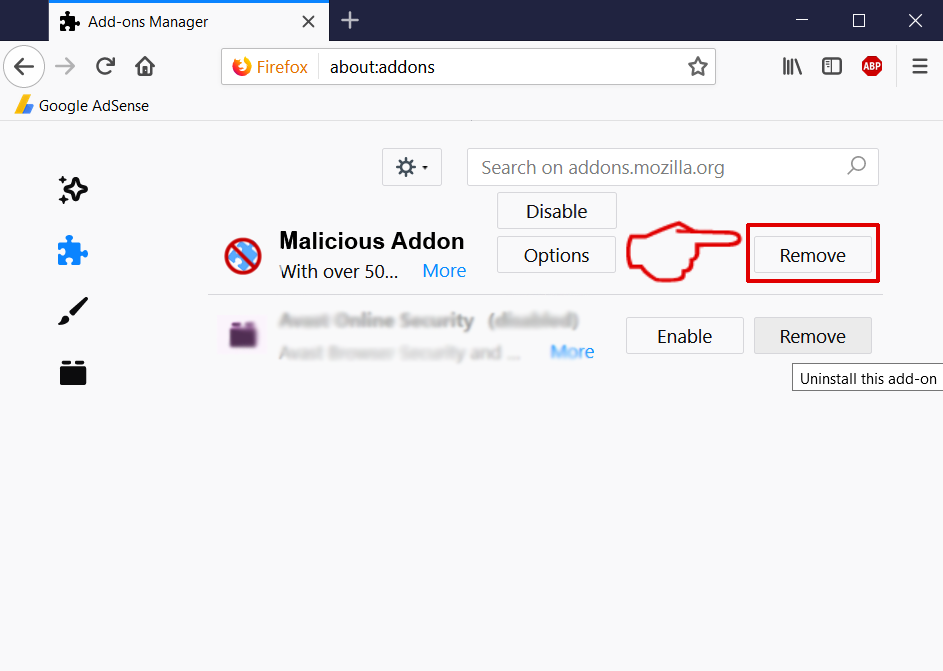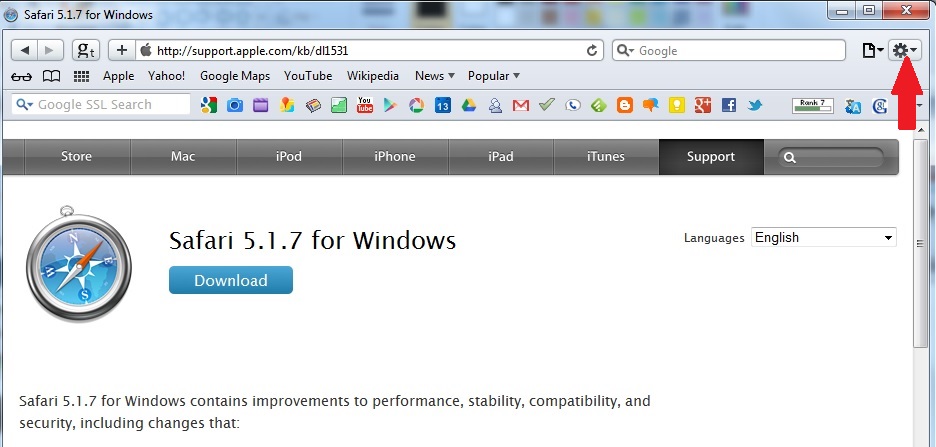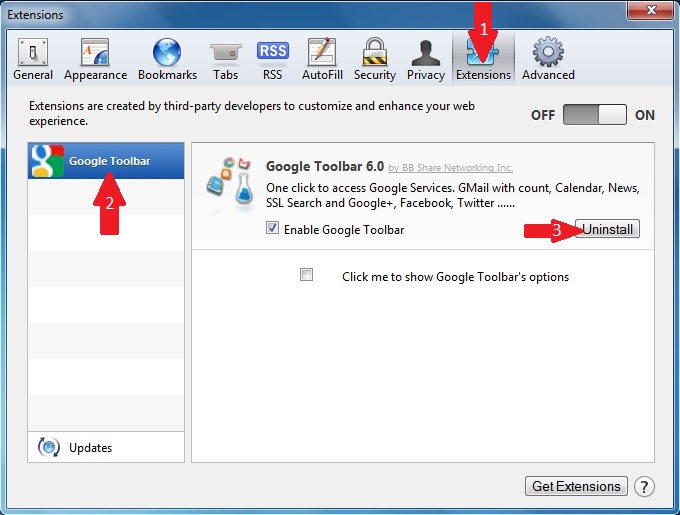What are Mac ads? Why are you seeing unwanted advertisements on your Mac? What can you do to remove Mac ads?
This article has been created to show you how you can detect adware on your Mac and how to remove any adware components that may currently be in your Mac.
Аdware for Mac has dramatically increased lately and the trend is evolving. Such Mac ads are becoming more diverse and also harder to detect by victims since they often come as legitimate programs.
A recently detected unwanted program plaguing Macs is called DataTransportation.
DataTransportation is an adware program that could infiltrate your Mac device without your knowledge. Once installed on your device, it could affect the settings of your preferred web browser and then start displaying intrusive ads during your browsing sessions.
In this article we will explain how you can detect and remove unwanted Mac programs such as DataTransporation, and how you can protect yourself and your private information.

How Do Mac Ads Programs Spread?
Identifying Mac Ads programs can be done by simply looking at the symptoms based on the type of ad-supported programs lurking in the wild:
- Mac Adware programs.
- Browser Hijackers for Mac.
- Push notifications “viruses” for Mac.
Adware programs may appear on your Mac using the following methods:
- By pretending the program is a legitimate app.
- By adding it automatically after visiting a website.
- By getting the user to accept some sort of Push Notifications on a news website.
- By slithering the unwanted app in the installer of another app and advertising it “as a free extra” or “an optional offer”, a method known as bundling.

How to Detect Adware on Your Mac?
Based on the methods of distribution we have shown you above, unwanted programs that generate Mac ads will lead to the following symptoms:
1st Symptom – Slow Performance of Your Mac
The main symptom of having an ad-supported program on your Mac is by experiencing performance slow-downs which are usually not typical. In general, macOS is a well-optimized operating system and should not lag in performance. In case your Mac’s performance is not as optimized as it usually is, this may be a sign of a virus or an ad-supported program that is using your CPU and other resources.
2nd Symptom: Different Types of Ads Randomly Appearing
If you are seeing aggressive Mac ads that take over your pages space and also randomly appear, then it is highly you have Mac adware. In some forms of adware, the ads can even be shown as search results. In this case, the unwanted program has browser hijacking capabilities, and has changed the default search engine of the affected Mac to a hoax one. So, instead of Google or some other legitimate search engine, you see a bogus engine, that shows you suspicious ads instead of results.
Another form of ads are the so-called Tech Support scam ads, whose primary purpose is to convince you that there is a serious problem with your Mac and you should either call a fake tech support number or download a fake antivirus or optimizer that will “fix your Mac”.
These fake optimizing programs, like Mac Auto Fixer, only want to drain money from your account by finding different fake errors and asking you to pay a lot of money to buy their licensed version in order to fix your performance problems.
Mac ads can be:
- Pop-ups.
- Ad-supported search results.
- Highlighted text ads.
- Banners on the sites you visit.
- Highlighted text ads.
3rd Symptom: Having Suspicious Programs Installed on Your Mac
Here are some examples of programs that generate Mac ads:
These types of programs aim to convince you to pay for their full versions, which usually end up costing hundreds of dollars to show you pop-ups that your system is at risk. More so, a lot of users have complained for some of these programs to start automatically with the booting of their Macs and to run automatic scans that detect hundreds of errors each time, which is not likely to be true.
4th Symptom: You Have Unfamiliar Browser Extensions
One of the main methods used by adware on your Mac is by being automatically added as an add-on or a browser extension that seems to pretend it is useful. Most adware programs tend to imitate:
- Toolbars.
- Weather extensions.
- Ad-blockers.
- Movie streamers.
- Geo-restriction unlockers.
- News on-the-go.
- File converters.
- Page translators.
5th Symptom: Suspicious processes running in Activity Monitor
This symptom is also a key to detecting Mac adware components, because most ads come from such processes and they may still remain even after you manually delete the suspicious program. They often mean that the adware runs with administrative permissions and may even conduct other activities that may be unauthorized on your machine.
How to Protect Your Mac from Data Collection?
Most browser hijackers and adware use tracking technologies on the affected Macs, that collect information during your online browsing and are difficult to detect. These technologies may be cookies; Locally Shared Objects (Flash cookies; pixels; tags; geo-locators; search cookies; session cookies.
These information trackers may collect the following information from your Mac:
- Browsing history.
- What you type online.
- Your search history.
- Your online clicks.
- Your bookmarks.
In order to protect your privacy online you will need to mask your identity and hide your traffic with encryption. The only capable service to do that is VPN software for Mac.

How to Remove Mac Ads?
There are several steps you need to go through to remove these unwanted applications from your Mac, starting with securing it and then going through removing all of the adware components, manually or automatically.
Manual Removal of Mac Ads
Step 1: Disconnect from the web and try to stay offline for as long as possible and when possible while you fix the issues.
Step 2: Change all of your passwords from a safe machine and do not type any passwords on your Mac, since some adware programs may use cookies to obtain information about them.
Step 3: Stop the adware and delete it by following the sub-steps below:
Adware Remover Mac
When you are facing problems on your Mac as a result of unwanted programs that generate ads, the recommended way of eliminating this risk is to take advantage of an anti-malware tool. One such tool is Combo Cleaner, that features advanced security features along with other modules that will improve your Mac’s health and protect it in the future.
Steps to Prepare Before Removal:
Before starting to follow the steps below, be advised that you should first do the following preparations:
- Backup your files in case the worst happens.
- Make sure to have a device with these instructions on standy.
- Arm yourself with patience.
- 1. Scan for Mac Malware
- 2. Uninstall Risky Apps
- 3. Clean Your Browsers
Step 1: Scan for and remove Mac Ads Viruses files from your Mac
When you are facing problems on your Mac as a result of unwanted scripts and programs such as Mac Ads Viruses, the recommended way of eliminating the threat is by using an anti-malware program. SpyHunter for Mac offers advanced security features along with other modules that will improve your Mac’s security and protect it in the future.
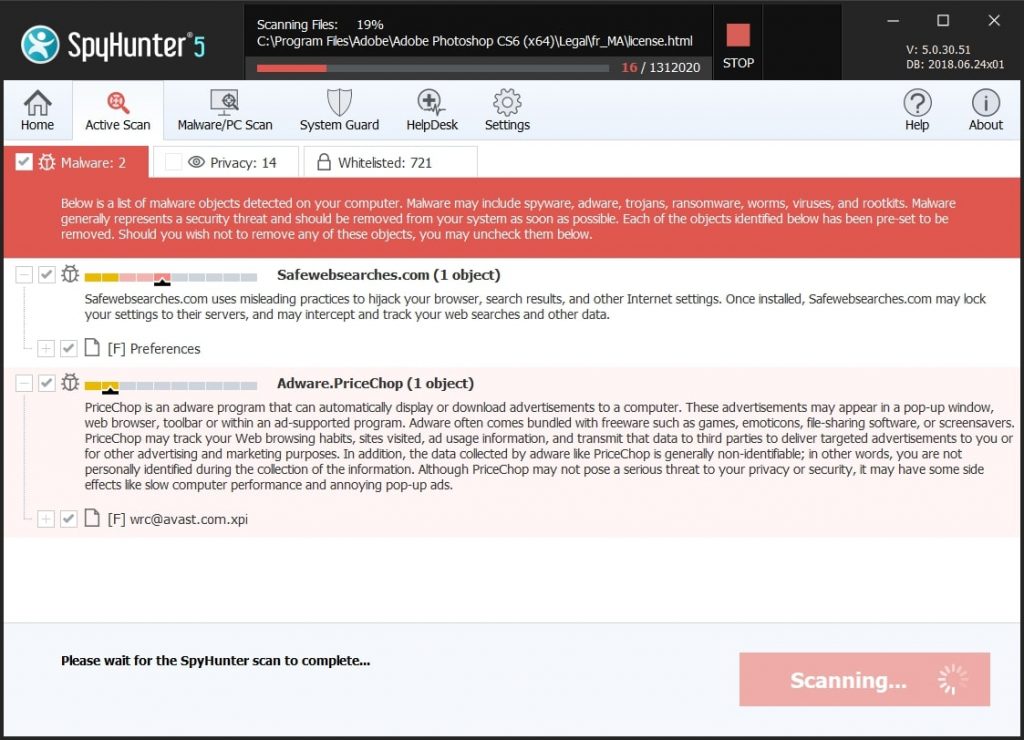
Quick and Easy Mac Malware Video Removal Guide
Bonus Step: How to Make Your Mac Run Faster?
Mac machines maintain probably the fastest operating system out there. Still, Macs do become slow and sluggish sometimes. The video guide below examines all of the possible problems that may lead to your Mac being slower than usual as well as all of the steps that can help you to speed up your Mac.
Step 2: Uninstall Mac Ads Viruses and remove related files and objects
1. Hit the ⇧+⌘+U keys to open Utilities. Another way is to click on “Go” and then click “Utilities”, like the image below shows:

2. Find Activity Monitor and double-click it:

3. In the Activity Monitor look for any suspicious processes, belonging or related to Mac Ads Viruses:


4. Click on the "Go" button again, but this time select Applications. Another way is with the ⇧+⌘+A buttons.
5. In the Applications menu, look for any suspicious app or an app with a name, similar or identical to Mac Ads Viruses. If you find it, right-click on the app and select “Move to Trash”.

6. Select Accounts, after which click on the Login Items preference. Your Mac will then show you a list of items that start automatically when you log in. Look for any suspicious apps identical or similar to Mac Ads Viruses. Check the app you want to stop from running automatically and then select on the Minus (“-“) icon to hide it.
7. Remove any leftover files that might be related to this threat manually by following the sub-steps below:
- Go to Finder.
- In the search bar type the name of the app that you want to remove.
- Above the search bar change the two drop down menus to “System Files” and “Are Included” so that you can see all of the files associated with the application you want to remove. Bear in mind that some of the files may not be related to the app so be very careful which files you delete.
- If all of the files are related, hold the ⌘+A buttons to select them and then drive them to “Trash”.
In case you cannot remove Mac Ads Viruses via Step 1 above:
In case you cannot find the virus files and objects in your Applications or other places we have shown above, you can manually look for them in the Libraries of your Mac. But before doing this, please read the disclaimer below:
1. Click on "Go" and Then "Go to Folder" as shown underneath:

2. Type in "/Library/LauchAgents/" and click Ok:

3. Delete all of the virus files that have similar or the same name as Mac Ads Viruses. If you believe there is no such file, do not delete anything.

You can repeat the same procedure with the following other Library directories:
→ ~/Library/LaunchAgents
/Library/LaunchDaemons
Tip: ~ is there on purpose, because it leads to more LaunchAgents.
Step 3: Remove Mac Ads Viruses – related extensions from Safari / Chrome / Firefox







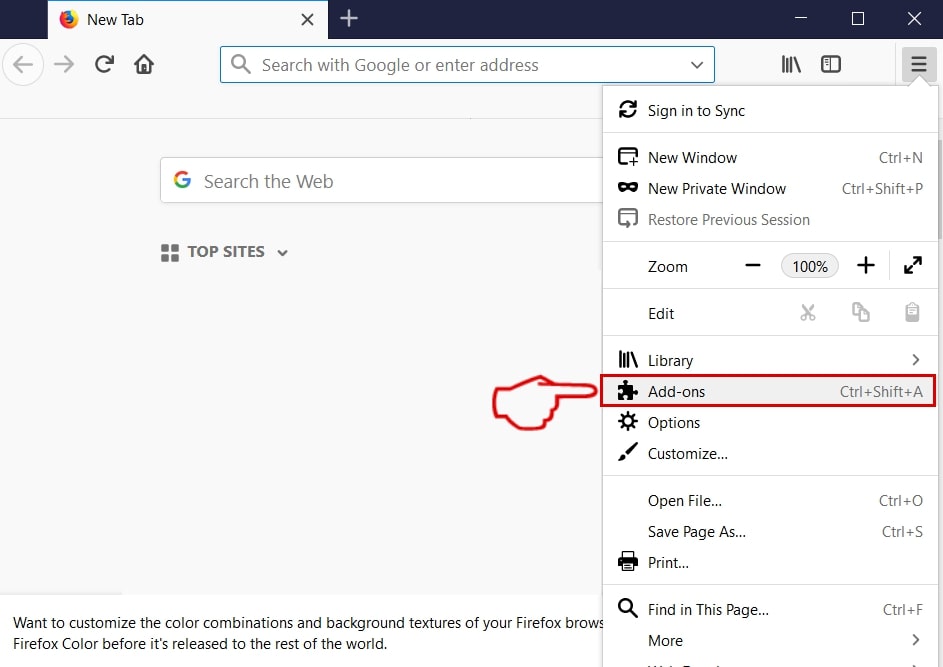
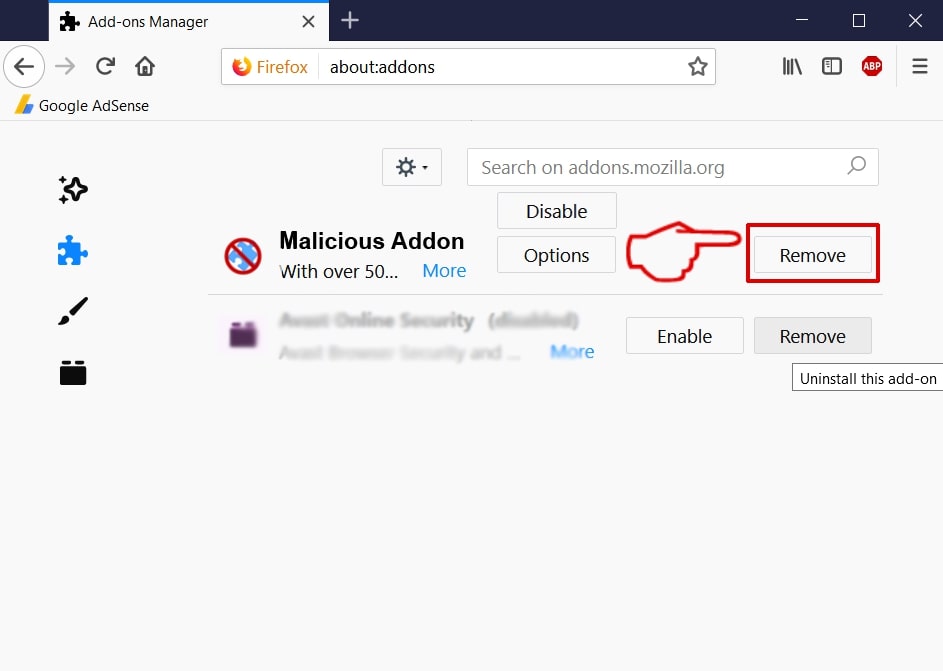
Mac Ads Viruses-FAQ
What is Mac Ads Viruses on your Mac?
The Mac Ads Viruses threat is probably a potentially unwanted app. There is also a chance it could be related to Mac malware. If so, such apps tend to slow your Mac down significantly and display advertisements. They could also use cookies and other trackers to obtain browsing information from the installed web browsers on your Mac.
Can Macs Get Viruses?
Yes. As much as any other device, Apple computers do get malware. Apple devices may not be a frequent target by malware authors, but rest assured that almost all of the Apple devices can become infected with a threat.
What Types of Mac Threats Are There?
According to most malware researchers and cyber-security experts, the types of threats that can currently infect your Mac can be rogue antivirus programs, adware or hijackers (PUPs), Trojan horses, ransomware and crypto-miner malware.
What To Do If I Have a Mac Virus, Like Mac Ads Viruses?
Do not panic! You can easily get rid of most Mac threats by firstly isolating them and then removing them. One recommended way to do that is by using a reputable malware removal software that can take care of the removal automatically for you.
There are many Mac anti-malware apps out there that you can choose from. SpyHunter for Mac is one of the reccomended Mac anti-malware apps, that can scan for free and detect any viruses. This saves time for manual removal that you would otherwise have to do.
How to Secure My Data from Mac Ads Viruses?
With few simple actions. First and foremost, it is imperative that you follow these steps:
Step 1: Find a safe computer and connect it to another network, not the one that your Mac was infected in.
Step 2: Change all of your passwords, starting from your e-mail passwords.
Step 3: Enable two-factor authentication for protection of your important accounts.
Step 4: Call your bank to change your credit card details (secret code, etc.) if you have saved your credit card for online shopping or have done online activiites with your card.
Step 5: Make sure to call your ISP (Internet provider or carrier) and ask them to change your IP address.
Step 6: Change your Wi-Fi password.
Step 7: (Optional): Make sure to scan all of the devices connected to your network for viruses and repeat these steps for them if they are affected.
Step 8: Install anti-malware software with real-time protection on every device you have.
Step 9: Try not to download software from sites you know nothing about and stay away from low-reputation websites in general.
If you follow these reccomendations, your network and Apple devices will become significantly more safe against any threats or information invasive software and be virus free and protected in the future too.
More tips you can find on our MacOS Virus section, where you can also ask any questions and comment about your Mac problems.
About the Mac Ads Viruses Research
The content we publish on SensorsTechForum.com, this Mac Ads Viruses how-to removal guide included, is the outcome of extensive research, hard work and our team’s devotion to help you remove the specific macOS issue.
How did we conduct the research on Mac Ads Viruses?
Please note that our research is based on an independent investigation. We are in contact with independent security researchers, thanks to which we receive daily updates on the latest malware definitions, including the various types of Mac threats, especially adware and potentially unwanted apps (PUAs).
Furthermore, the research behind the Mac Ads Viruses threat is backed with VirusTotal.
To better understand the threat posed by Mac malware, please refer to the following articles which provide knowledgeable details.


